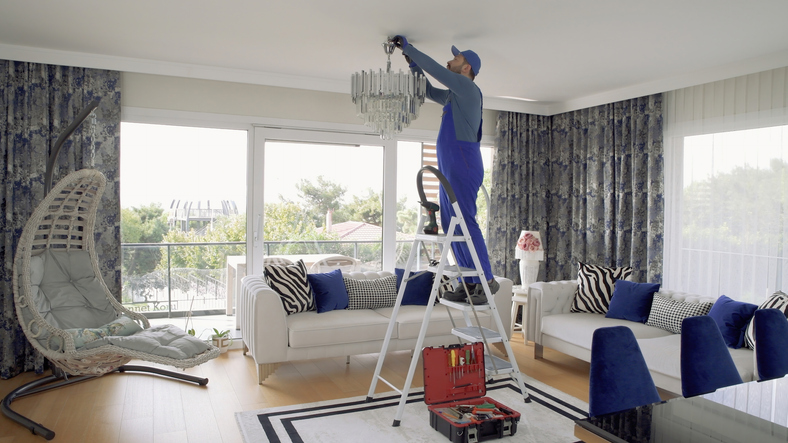Introduction
Flickering lights and unexpected power surges can be more than just a nuisance—they may signal underlying electrical problems that pose serious risks to your home and safety. Ignoring the warning signs can lead to damaged appliances, potential fire hazards, or even complete power failures. A trained electrician in Cave Spring VA, has the expertise and tools to identify the source of these issues and apply the right solution. Understanding how they approach troubleshooting can help homeowners recognize when to call for professional help and avoid further complications.
1. Inspecting Light Fixtures and Connections
An expert begins by examining the affected light fixtures for loose bulbs, faulty sockets, or worn wiring. Sometimes, flickering is caused by a simple connection issue that can be quickly resolved. If the problem persists, they test the fixture’s power supply for voltage inconsistencies. Proper diagnosis ensures repairs are targeted and effective, reducing guesswork.
2. Checking Switches and Wall Outlets
Switches and outlets are common culprits when lights flicker or surge. An electrical technician tests these components for signs of wear, corrosion, or loose terminals. Faulty switches can disrupt current flow, causing lights to behave erratically. Loose connections may also generate heat, leading to fire risks if not addressed. Replacing damaged switches or tightening connections helps restore a stable electrical supply.
3. Evaluating Circuit Breakers and Panel Issues
If lights in multiple areas flicker or dim, the issue may stem from the breaker panel. The technical expert inspects for tripped breakers, burned contacts, or overloaded circuits. An electrical service upgrade in Roanoke VA, may be necessary to resolve these problems by redistributing the load and improving system capacity. Proper panel maintenance and timely upgrades are essential for stable, uninterrupted electrical performance.
4. Testing for Overloaded Circuits
Frequent power surges are sometimes caused by too many devices running on the same circuit. Professionals measure the load on each circuit and identify overuse. Large appliances, especially HVAC units or kitchen equipment, can spike energy demand. When overloads are found, they may recommend dedicated circuits or redistribution. Preventing overloads enhances safety and extends appliance life.
5. Identifying External or Grid-Related Factors
Sometimes, flickering and surges result from issues outside the home, such as utility fluctuations or weather-related disturbances. A professional can use voltage monitors to track incoming power and confirm if the problem lies with the utility provider. Installing surge protectors or whole-house voltage regulators may also be recommended. These devices protect your electronics from damage during unexpected spikes.
Addressing flickering lights and power surges requires a methodical approach and professional insight. Regular inspections and timely upgrades can prevent small issues from becoming major hazards. For homeowners, knowing when to call an electrical expert is essential for protecting both property and peace of mind. Don’t wait until a flicker becomes a blackout—professional troubleshooting keeps your home powered and safe.
Conclusion
Experiencing flickering lights or surges? Trust Cline Electrical Service for expert solutions. Call 540-380-3886 to connect with our trusted emergency electricians near Salem VA, and restore power stability today!







